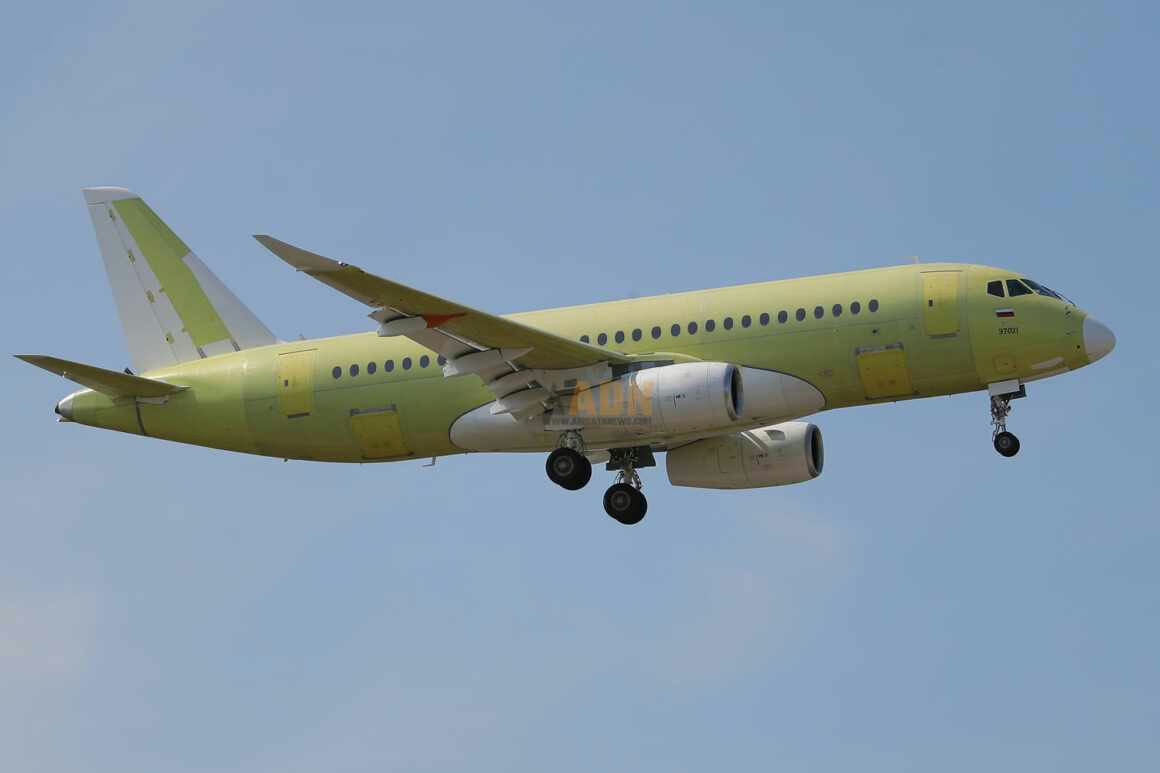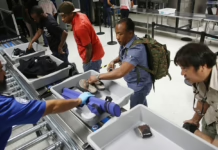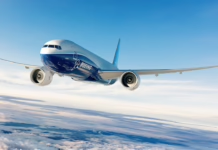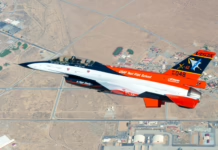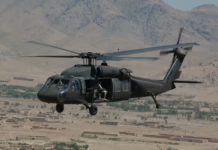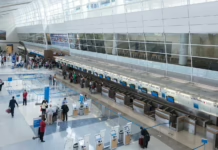The experimental import-substituted aircraft reached its service ceiling of 40,000 feet during critical development tests as Russia advances efforts to certify its domestically produced commercial airliner.
Yakovlev’s SJ-100 testbed aircraft has successfully conducted a flight at its maximum service ceiling of 40,000 feet (12,200 meters), marking a significant milestone in the aircraft’s development program.
The experimental aircraft, designated as 97001, completed the three-hour flight on April 12, United Aircraft officials confirmed. This achievement comes 10 months after the testbed began its certification flight testing program.
During the high-altitude sortie, pilots evaluated updated control system software designed to enhance “expanded functionality and flight safety,” according to United Aircraft. The flight also tested equipment intended to improve the aircraft’s navigation capabilities.
The pilots put the aircraft through its paces, flying at high angles of attack and across a speed range reaching up to 310 knots. Officials described the test results as “positive” and said the flight represents meaningful progress toward the SJ-100’s certification.
The testbed is the first experimental import-substituted airframe in the SJ-100 program, though it continues to fly with foreign-made PowerJet SaM146 engines rather than the Russian-built Aviadvigatel PD-8 engines intended for production aircraft.
United Aircraft noted that the computer interface has been modified to be “easier for crews to understand and operate,” suggesting improvements to the aircraft’s cockpit systems.
The PD-8 engines, which represent a critical component of Russia’s efforts to reduce dependence on Western aerospace technology, are currently undergoing separate flight tests on a modified Superjet 100 aircraft that has received a powerplant swap.

Key Takeaways
- Yakovlev’s SJ-100 testbed reached its maximum service ceiling of 40,000 feet during a three-hour test flight.
- The April 12 flight tested updated control systems, improved navigation equipment, and a more user-friendly computer interface.
- The aircraft is part of Russia’s import substitution strategy but still uses foreign PowerJet SaM146 engines instead of the Russian PD-8.
- Russian-made PD-8 engines are being tested separately on a modified Superjet 100 aircraft.



